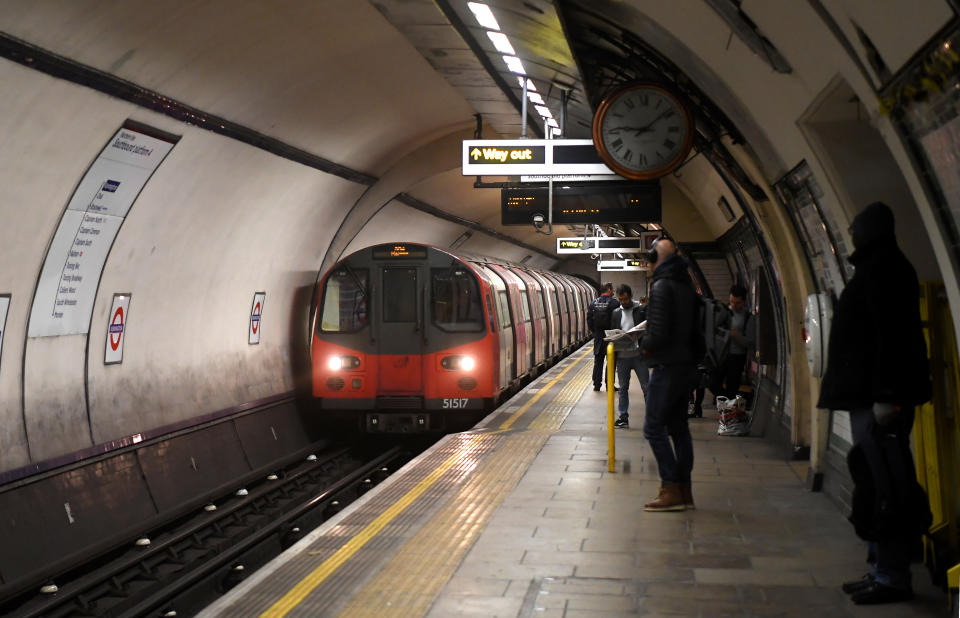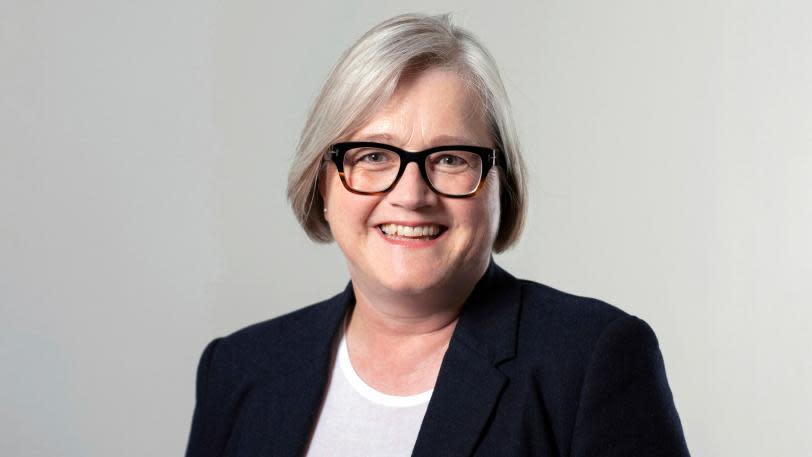London Underground, TfL: Just 27% of Northern line stations have …

According to a new report, just 27% of Northern line stations have a toilet. Credit: Alex Davidson/Getty Images.
Less than a quarter of Tube stations in zones one to three have toilets, a new report has warned, as it dubs large sections of London’s network ‘loo deserts’ in a study of such provisions on the Underground.
Authored by Caroline Russell, a Green member of the London Assembly, the report also noted the wide variations in availability between Tube lines. It found that while 83% of Metropolitan line stations have loos, the same is true of just 27% on the Northern line.
The longest stretch without toilets was found on the Northern line between Morden and Kennington, with passengers having to wait until the next stop at Elephant & Castle to find facilities.


Caroline Russell AM. Credit: London Assembly
Another ‘loo desert’ is found on the District line between Wimbledon Park and Bayswater – a gap of 10 stops, taking 22 minutes.
Even the most modern stations can lack loos, the report points out – with the Elizabeth line missing toilets at three stations, including Bond Street and Canary Wharf.
At Bank, following the completion of a £700m, seven-year upgrade in February this year, the station is still without toilets.
Ms Russell said: “Londoners shouldn’t have to cross their legs and hope on the Tube.
“A properly accessible public transport system must include toilets and information on where to find them.
“This is essential for everyone, especially older and disabled people who may be restricted from travelling by a ‘loo leash’.”
She added: “Delay and dithering on the mayor’s feasibility study is frustrating, Londoners need the mayor to get on with making our tube network flush with new toilets.”
The study referred to by Ms Russell was promised by Sadiq Khan in February, after Labour Assembly Members voted down a Green proposal to immediately create 70 new toilets across the transport network, at a cost of £20m.
Len Duvall, the Assembly’s Labour group leader, had said the proposal “just seemed too vast” to commit to without first carrying out a feasibility study.
In May, TfL said it would share the terms of reference for the study by the end of June, but then said in August that it would be doing so “in the coming weeks”.
Story continues
Commenting on the delay earlier this month, a TfL spokesman said: “We are committed to conducting a study into improving and expanding toilet facilities on the network, and recognise toilet provision is important for customer care and particularly for disabled customers.
“Early work on this study is already underway and we will be sharing the feasibility study documents with our stakeholders in the coming weeks as we want to work closely with them to gain a greater understanding of where we can improve facilities and identify suitable further opportunities for more toilets.”
A spokeswoman for Mr Khan said the mayor “recognises the importance of free and accessible public toilets for Londoners” and that he will continue working with TfL to identify opportunities for more toilets.
The ‘Loo League Table’ of lines on the Tube map, given in the report, is as follows:
1.) Elizabeth Line 95% (93% accessible)
2.) Metropolitan – 83% (29% accessible)
3.) Jubilee – 63% (52% accessible)
4.) Central – 59% (16% accessible)
5.) Piccadilly – 55% (19% accessible)
6.) Waterloo & City – 50% (50% accessible)
7.) Victoria – 44% (25% accessible)
8.) District – 42% (25% accessible)
9.) Bakerloo – 32% (24% accessible)
10.) Circle – 29% (23% accessible)
11.) Overground – 28% (26% accessible)
12.) Hammersmith & City – 28% (24% accessible)
13.) Northern Line – 27% (21% accessible)
14.) DLR – 11% (11% accessible)
15.) Tram – 10% (8% accessible)